The name of “Kavalan people” was included in Article 2.1 of “The Indigenous Peoples Basic Law” after the indigenous name rectification but this is only applicable to those with indigenous peoples status who registered in 1956 or completed supplementary registration before 1963. For descendants of Kavalan people marked as “uncivilised savages” on the household registration books during the Japanese colonial period, the classified “Taiwanese Plains Indigenous Peoples,” are not acknowledged as indigenous peoples and their name has not really been “restored.”
Hence, if we look at Kavalan people from the national classification, there are deficiencies and careless omission. It is expected that we are able to interpret contemporary ethnic culture of “Kavalan people” from the perspective based on the history of Kavalan people and their encounters.
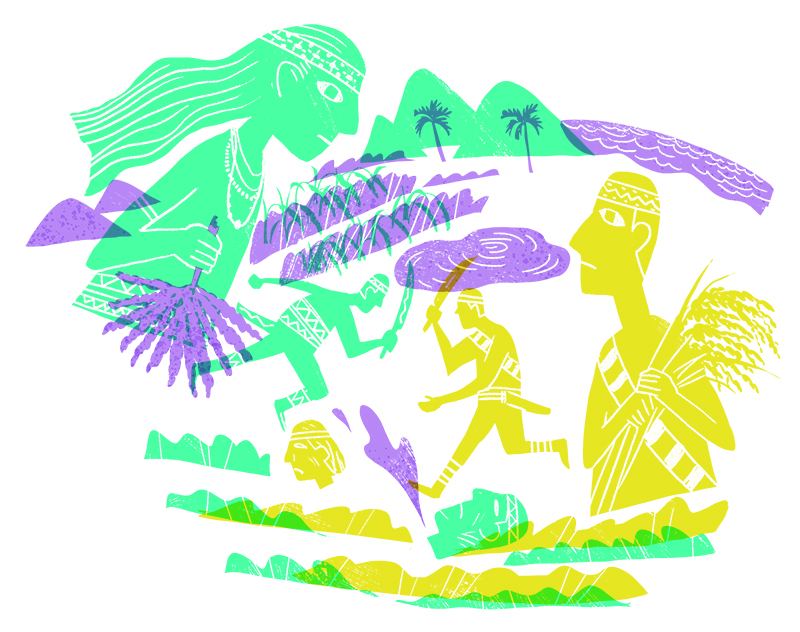
Kavalan Myth
Warning of Goddess Mutumazu-Importance of Promise and Labor Division
The Goddess in the heaven, Mutumazu, saw the poor Siangau who did not have any food and came down to the earth and taught him to farm. Later, they fell in love and married to each other. They had a kid. Each day, Mutumazau went to the field to work and told her husband not to feed their kid qanaw (a land crab). But in order to comfort the crying kid, her husband gave the kid qanaw. The kid then stopped crying. When Mutumazu returned home, she saw qanaw in the stomach of their kid and scold her husband.
Next day, before going out, Mutumazu again asked her husband not to give qanaw to their kid. Her husband did not listen to her and gave the qanaw to stop the crying kid. When coming home, Mutumazu saw qanaw in the stomach of her kid and scolded her husband in a loud voice. On day 3, Mutumazu prepared to work in the field and told her husband not to give qanaw to their kid. She asked him to bring the crying kid to the field for breast feeding. Her husband, however, gave the crying kid qanaw. This time after fiding the qanaw in the stomach of her kid, she was angry and scold her husband, “Since you do not keep your promise, I will return to the heaven.” Mutumazu set up the fire on the empty ground and returned to the heaven. She never returned.
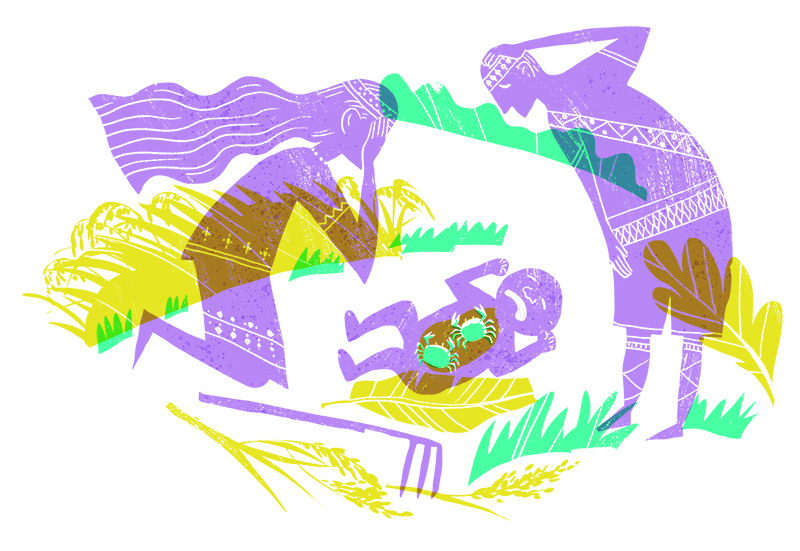
Plundering & Slaughtering,
the Hundred-Year Long Race Tragedy in Human History
The Kavalan people either living in Yilan or relocating on Huatung Cost share the collective memory-plundering and by non-indigenous peoples and slaughtering by the Qing Dynasty in the 18th Century, the hundred-years long race tragedy.
In 1976, Wu Sha led about 1,000 non-indigenous peoples from Zhang, Quan, and Yueh to land on Wushi Harbor and settle the 1st headquarters in Touwei. A few years later, the population of non-indigenous peoples grew dramatically. The Qing government passively included Lanyang Plain into its territory in 1810. The place was renamed from “Kbalan” into “Kavalan.”
The inclusion of land and settlement of Kavalan people in the territory of Qing Dynasty means the invention of national machine that forced re-distribution of land of Kavalan people. In the end, Kavalan people could not fight with strong power of non-indigenous peoples and plundering of national force. In 1830, they began running away from the indigenous home and first relocated in Yilan and later Hualien. In today’s Jiali Village, Xincheng Township, the big community, “Lanas na Kabalaen,” with the population over 2,000 people was gradually developed.
The Slaughtering in Lanas na Kabalaen
The Kavalan people moved to south and built Lanas na Kabalaen in Hualien. In 1878, an official of the Qing Dynasty came here to swagger, swindle, and even sexually insult women. The Kavalan people in Lanas na Kabalaen worked with Sakizaya people to fight against the Qing Dynasty military in the “Lanas na Kabalaen Battle.” After fighting for several days, the community was burned and about 5,000 members died. After the war, Wu Guang-Liang, the Chief Commander of the Qing Government adopted “Forcible Resettlement Policy to Weaken the Indigenous Power” by ordering the majority Kavalan people and Sakizaya people to move to East Coast and East Rift Valley. That resulted in exile of Kavalan people and Sakizaya people (This war was referred to as “the Dagubuwan Battle” by Sakizaya people.)
They were forced to live in exile and since then, they “disappeared” in history and became Wandering Peoples. In order to commemorate this sad history, Kavalan people and Sakizaya people in 2008 and 2018 respectively organized conferences on “the Lanas na Kabalaen Battle/ the Dagubuwan Battle” to present the collective memory of living in exile from the historical perspective based on ethnical subjectivity.
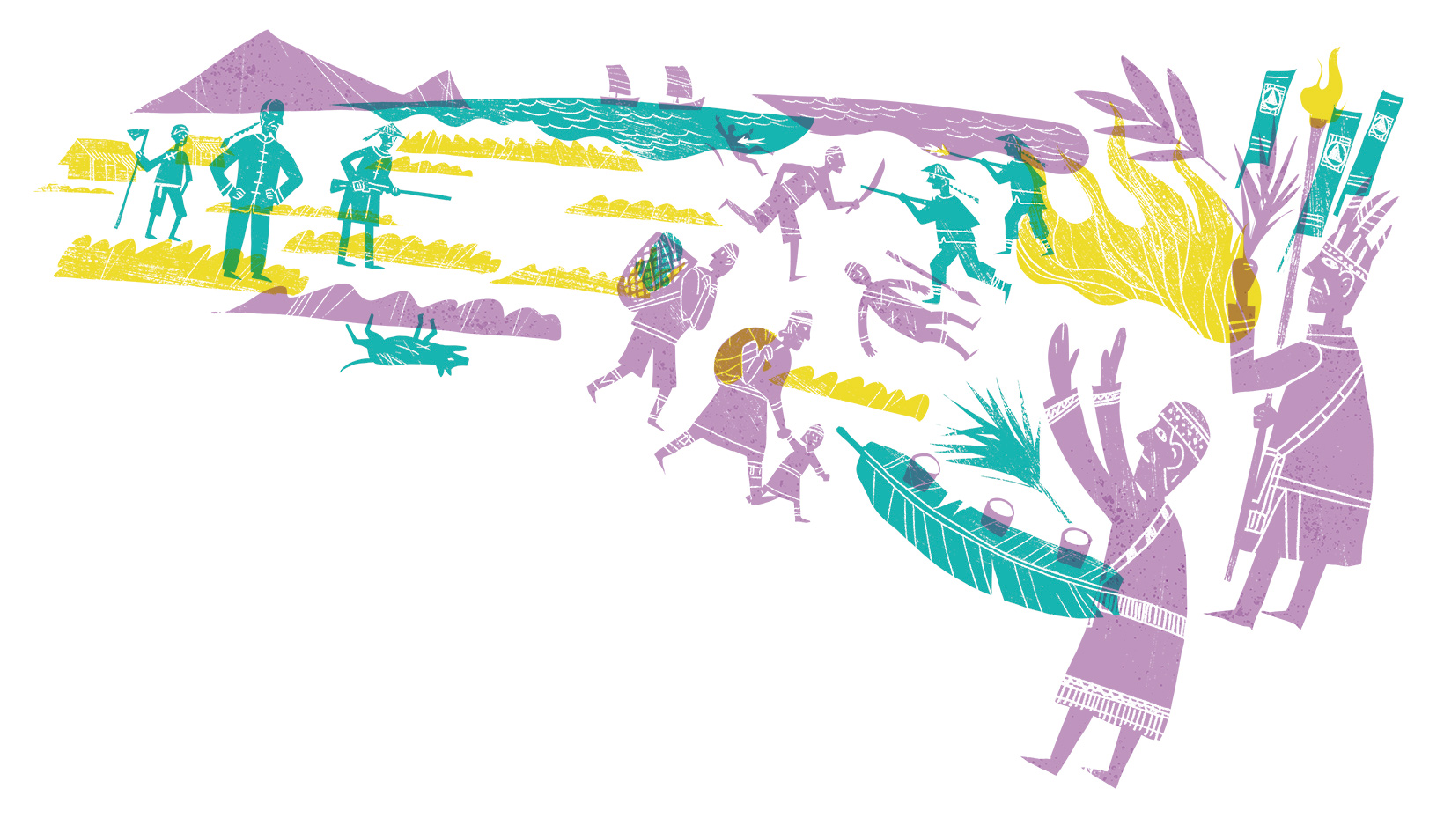
Seasonal Change, Gratitude, and Life Perspective
in Rituals
The Kavalan communities on Huatung Coast such as PateRungan and Kodic in Fengbin Township, Hualien County and Kalewan in Xincheng Township, Hualien, Polo’t as well as Kolado’t in Changbin Township, Taitung County still preserve religion and culture of Kavalan people. The highway was built in PateRungan until 1968 and although it lives next to or with Pangcah people, traditional rituals, practices, knowledge, songs and language have been well preserved. It is the cultural headquarters for Kavalan people in Yilan to learn, practice, and participate in ethnical living.
PateRungan, for example, has its seasonal and unique cultural rituals around the year. In the early spring when India Coral Trees are blooming and before the male in the community go fishing, Sbaw Tu Lazin (sea ritual; Kodic, Kolado’t and Polo’t refer it to Laligi) to pray the Sea God for harvests and safety in the coming year.
During the Japanese colonial period, PateRungan was known as “the rice barn of Fengbin Township” where the major crop is rice. Gataban (Harvest Ritual) is held to express the gratitude for the land and ancestral spirits in the early August every year, the biggest ritual of PateRungan.
In the end of year, each household in the community holds year-end ritual for ancestors, Palilin. In PateRungan, there are two types of Palilin: Kavanlan Palilin and Dupuwan Palilin. Kavalan Palilin is an evening ritual. Offerings such as Isi (red and white wine made of glutinous rice), glutinous rice cake, mocha, cigarette, and beetle nuts are offered on the small altar in the kitchen to pray for blessings of ancestors. Dopuwan Palilin is held in the morning and shall be completed before 12:00 in the afternoon. Strict restrictions are imposed for this ritual and only members of direct family can take a part. No participation and observation of outsiders are allowed. The community people believe bad luck will come to the family if any outsider sees Dopuwan Palilin.
Additionally, Kavalan has the Metiyu(Priestess) Ritual- Kisaiz and Pagalavi. Kisaiz is the ritual, a collective religious event that treats diseases for girls. After being cured, girls are qualified as a Metiyu and can become a member of Matiyu group. Pagalavi is dedicated for worshiping and medical treatment. Metiyu is often held in the end of summer and early autumn on an evening without moon for treating ill Metiyu and blessing for the community. At present, there are about seven Metiyus in PateRungan who continue communicating with ancestral spirits and gods for their community members. But since the middle 1960s, no Kisaiz Ritual was ever held followed by Pagalavi a couple of years ago. These two rituals are now converted into cultural presentation and remains popular in the Kavalan community.
The ritual held for spirits of the dead by Kavalan people is called Padohogan, presentation of unique life and cosmos perspective of Kavalan people. On the ritual day and a day before, Metiyu and family members of a dead person need to fast. Metiyu sits at the center of living room and knocks bamboo stick to call the dead spirits home while family members feed the spirits and worship. This ritual allows the spirits to meet friends and families for the last time. Emotionally, it is for the spirits to cut links with their families to some degree.
Kavalan people highly respect ancestral spirits. A Sbaw is always held when they begin a construction, go out, go hunting or engage in other activities. Even when drinking, a Sbaw is a must to invite ancestral spirits to enjoy together.
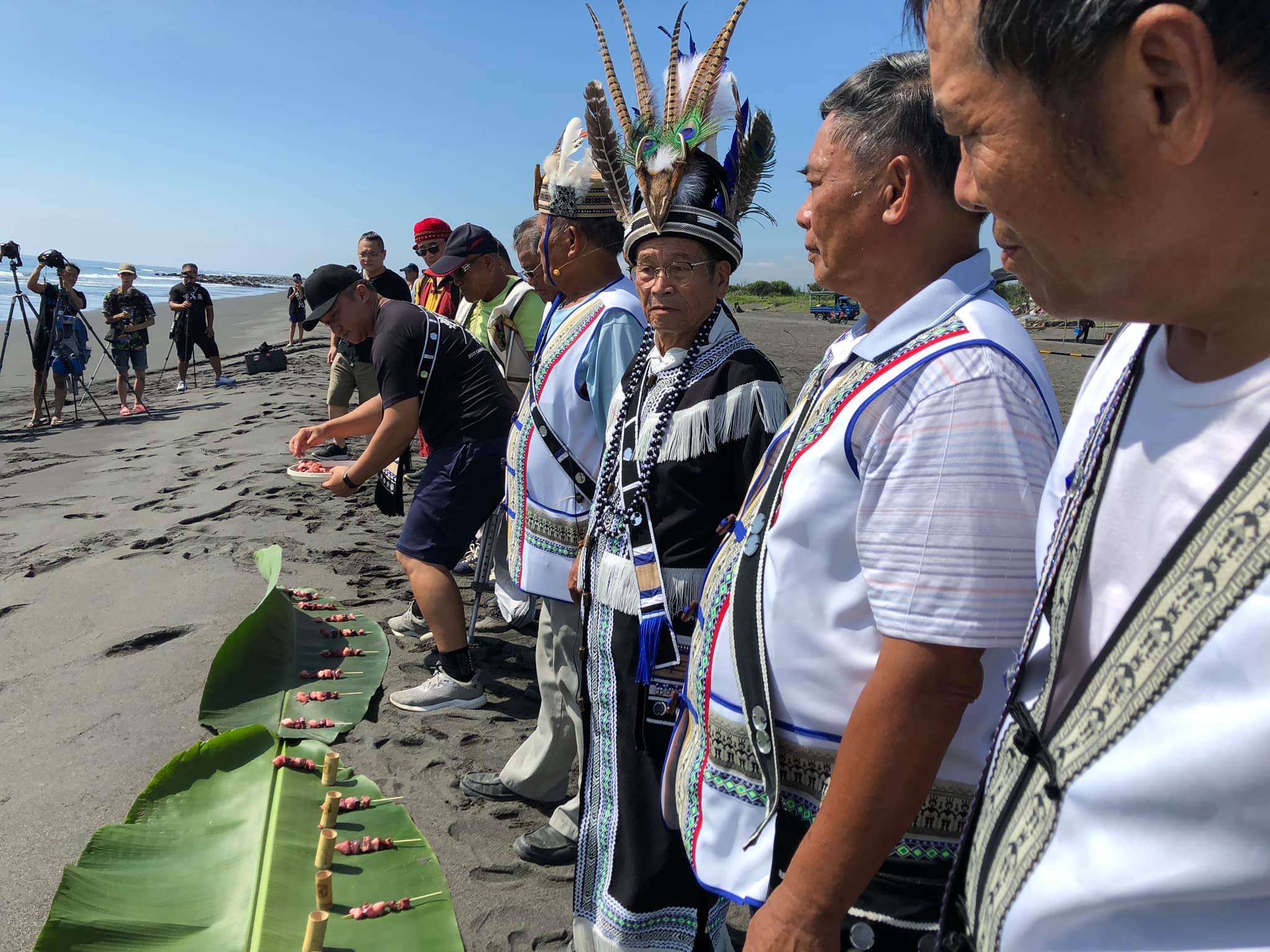
In July, 2019, Kirippoan Community reorganized the Sea Ritual that was terminated 100 years ago to restore tradition of Kavalan People.
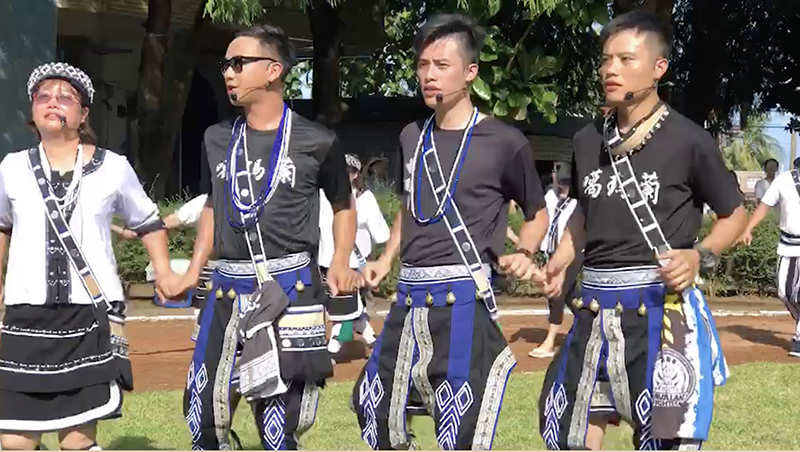
This PateRungan’s Harvest Ritual was organized in August, 2019 when Kavalan People dedicate songs to gods and spirits. Since the name rectification of Kavalan People, rituals are held each year to hand down culture and traditional songs to next generation. The leading singer of these rituals is now a Kavalan youngster.
Unique
Banana Weaving
Banana weaving is one of the historical vehicles of Kavalan people that reflects time change and hard work, memories, sentiments, and spirit of weavers as well as core value of Kavalan.
“When weaving, the barbarian woman uses big wood as the hollow core and bamboo is put horizontally to weave upwards. Round shape wood is tied to her waist as the axis for weaving. With barks and dyed dog hair, Dagobum is made. Color thread and bird and animal hair are weaved with grass dye to present the beautiful colors. Strong and high quality cloth is also made.” (1952, “Kavalan Office Chronicle, Chen Shu-Chun)
In the early time when Kavalan people settled down in Lanyang Plain, literature during the Qing Dynasty documented relevant skills of banana weaving of Kavalan people. In the 1870, Kavalan people moved to PateRungan continued this weaving technique to make articles such as shade cloth and rice bags. In the middle of the 1990s, in order to rectify its indigenous name, PateRungan presented this unique weaving material and technique to the outside world and now banana weaving has been developed into delicate handcraft and the cultural and creative industry. In 2002, under the assistance of Professor Hu Chia-Yu of NTU Museum of Anthropology, Rev. a woman dress acquired by Dr. George Leslie Mackay in Lanyang Plain in 1890 was found. Now it is collected by Royal Ontario Museum. That dress was weaved with delicate pattern and with the effort of master Ngulan Banday and others, Kavalan People has revived this traditional weaving; by integrating with modern Kavalan costume, a new meaning is generated.
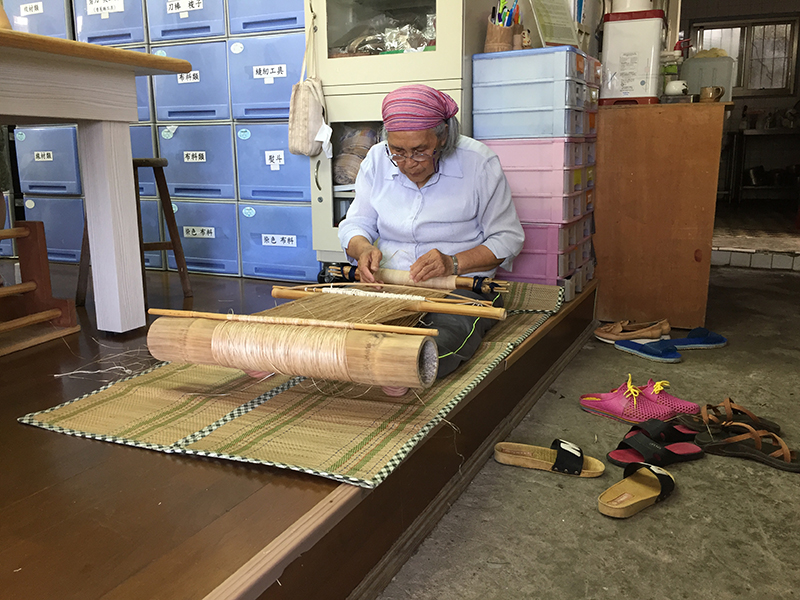
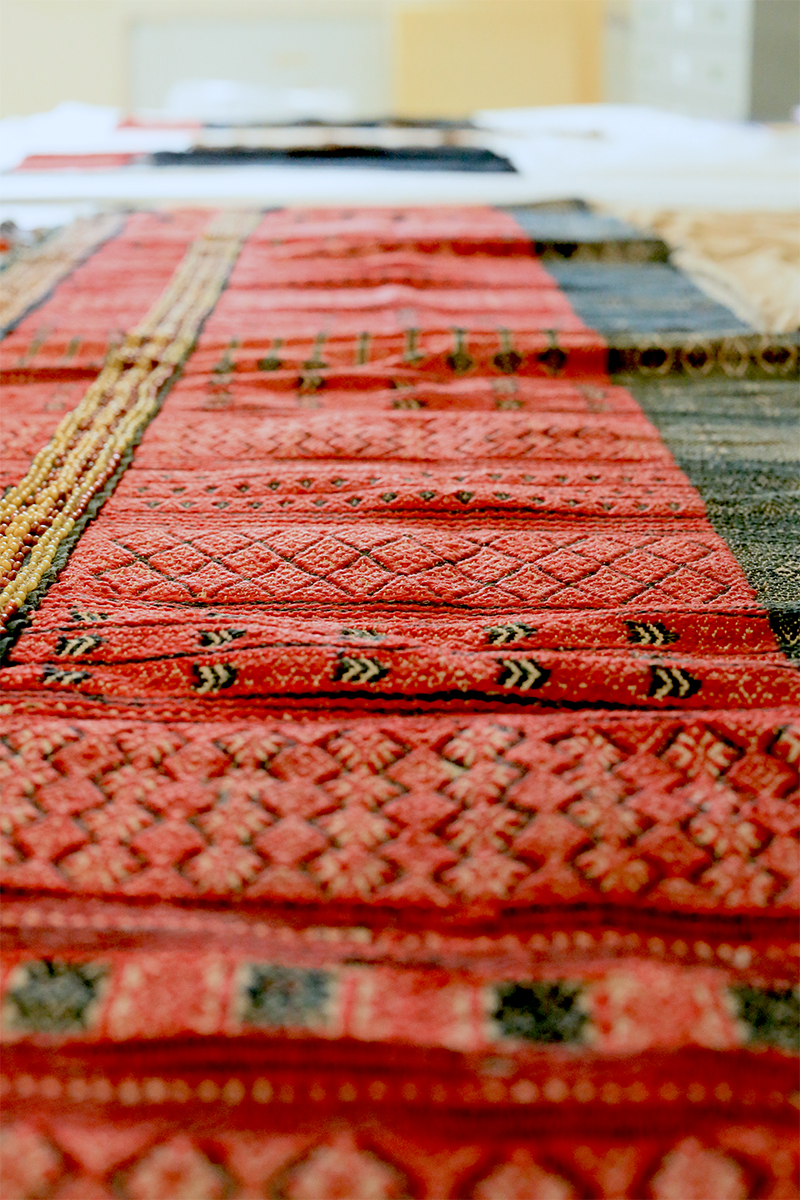
Traditional weaving patterns of Kavalan ancestors are re-represented under the effort of LaLaBan Banana Weaving Studio in PateRungan.
The first picture above shows the master of banana weaving, the 80-year old madam, Yen Yu-Ying. The second picture above shows a wrapped skirt made by Kavalan people in 1938 and collected by National Taiwan Museum.
Do not Call Us “Taiwanese Plains Indigenous Peoples”
We have Our Name
Taiwan’s contemporary ethnic group classification follows “Uncivilised and Civilised Savages” surveyed by the anthropologists In? Kanori and Ryuzo Torii during Japanese colonial period. This definition of others provided the purpose for the Japanese colonial government to control ethnic groups. But this classification was adopted by the ROC government to let “civilized savages” to continuously “disappear.”
Since the 1980s, the elderly of PateRungan, Xie Wan-Lai, began to go back to Yilan to search for Kavalan members and that marked the beginning of name rectification and recognition of Kavalan People. On November 23rd, 1987, Taiwan Provincial Museum by that time borrowed Taipei City 228 Memorial Park to organize “the Evening of Fengbin” and invited community members of PateRungan and Kodic to performance songs, dances, and ritual practices. That performance caused a big sensation and the audience was amazed that the “long sinoficated and disappeared” Kavalan People under misconception can speak their own language so well. On that night, Xie Wan-Lai called for the government to acknowledge Kavalan as Taiwan’s indigenous peoples and officially began the movement of name rectification.
In the 1990s, Kavalan People actively pursued name rectification and in various public occasions, they presented Kisaiz ritual songs and dances, Kavalan language, stories, appraisals, and banana weaving technique for the representation of unique culture of Kavalan People with the attempt to prove its existence with concrete acts.
On December 25, the Taiwanese Government finally acknowledge Kavalan as the 11th indigenous community in Taiwan but that did not guarantee to resolve the issues of Kavalan development and existence. In August, 2003, Kavalan community in Hualien set up “Hualien County Kavalan People Development Association” different from other community based associations with the aim to position ethnic development model and define future development.
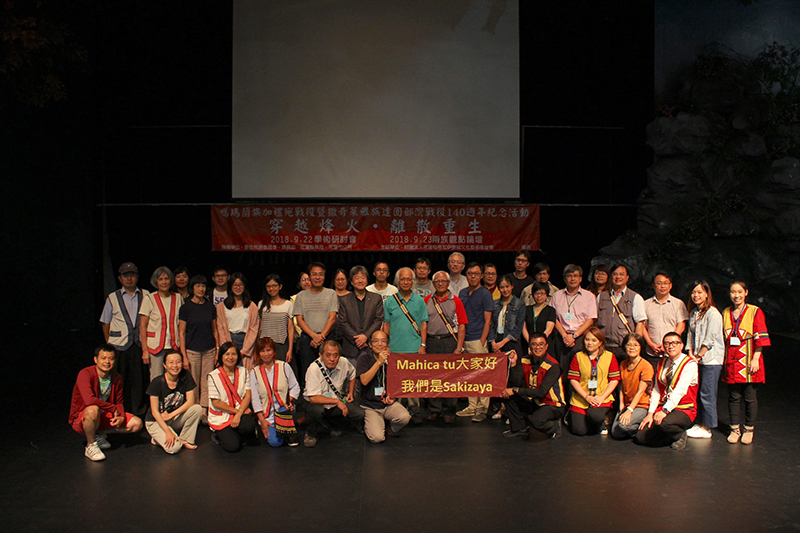
In 2018, Kavalan People and Sakizaya People respectively organized academic conferences on “The 140th Anniversary of Lanas na Kabalaen Battle/ the Dagubuwan Battle” to interpret this important historical event from their ethnic perspectives to commemorate this historical tragedy of Taiwanese indigenous peoples.
Indigenous Peoples
What Shall We be?
“Those Taiwanese Plains Indigenous Peoples speak Minnan Dialogue and they are not indigenous peoples…” said by a head of indigenous administrative institute and this portrays the framework about mainstream thinking towards indigenous peoples.
Policies ranging from “Mountain-opening and Savage Pacification” of the Qing Dynasty, “Civilizing Savage” of Japanese colonial period, and “Shandi Pingdi Hua” to make the mountains like the plains” of the ROC Government had the background of slaughtering and plundering tragedy. Losing the identity of indigenous peoples is not only “being sinoficated,” “speaking Minnan Dialogue,” “blood nationalism,” or “fighting for resources,” but also a certain form of “being decontextualized” with the differentiation discourse of colonist perspective. This is like in modern society; people are speaking the language of colonists.
No ethnic group in Taiwan shall be named as “Taiwanese Plains Indigenous Peoples” and each ethnic group shall has its name that presents unique historical context, cultural features, living spaces, and core ritual ceremonies. Kavalan People in Kirippoan Community in Yilan, for example, sing their traditional songs, learn their ethnic weaving and language, and restore Sepaw tu lazing an Qataban.
These people with collective historical memories and experiences show us their wills and attitudes different from non-indigenous peoples through their own cultural participation, practice, and daily life recognition.
Indigenous peoples are “living” things and from the ancestry heritage, we find the value of being indigenous peoples for further development, consolidation, and continuousness of ethnic lives. We have to work hand in hand to face common ethnic challenges. 
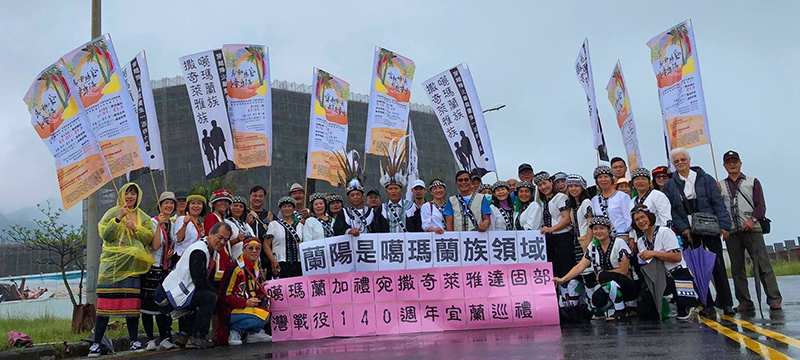
The alliance was formed by Kavalan People and Sakizaya People and they jointly proposed the “Land Right Declaration: Lanyang Plain is the home land of Kavalan People.”
─ References ─
潘朝成(木枝.龍爻),《噶瑪蘭族香蕉絲文化情》,臺東:東部海岸國家風景管理處,2008年。
潘朝成Bauki Angaw,〈從掠奪、離散、認同、復名到主體建構〉《原住民族文獻》:第十九期,臺北:原住民族委員會,2015年。
噶瑪蘭族與撒奇萊雅族結盟,〈土地權利宣言:蘭陽平原是我們噶瑪蘭族的故鄉土地〉,宜蘭烏石港,2018年。




